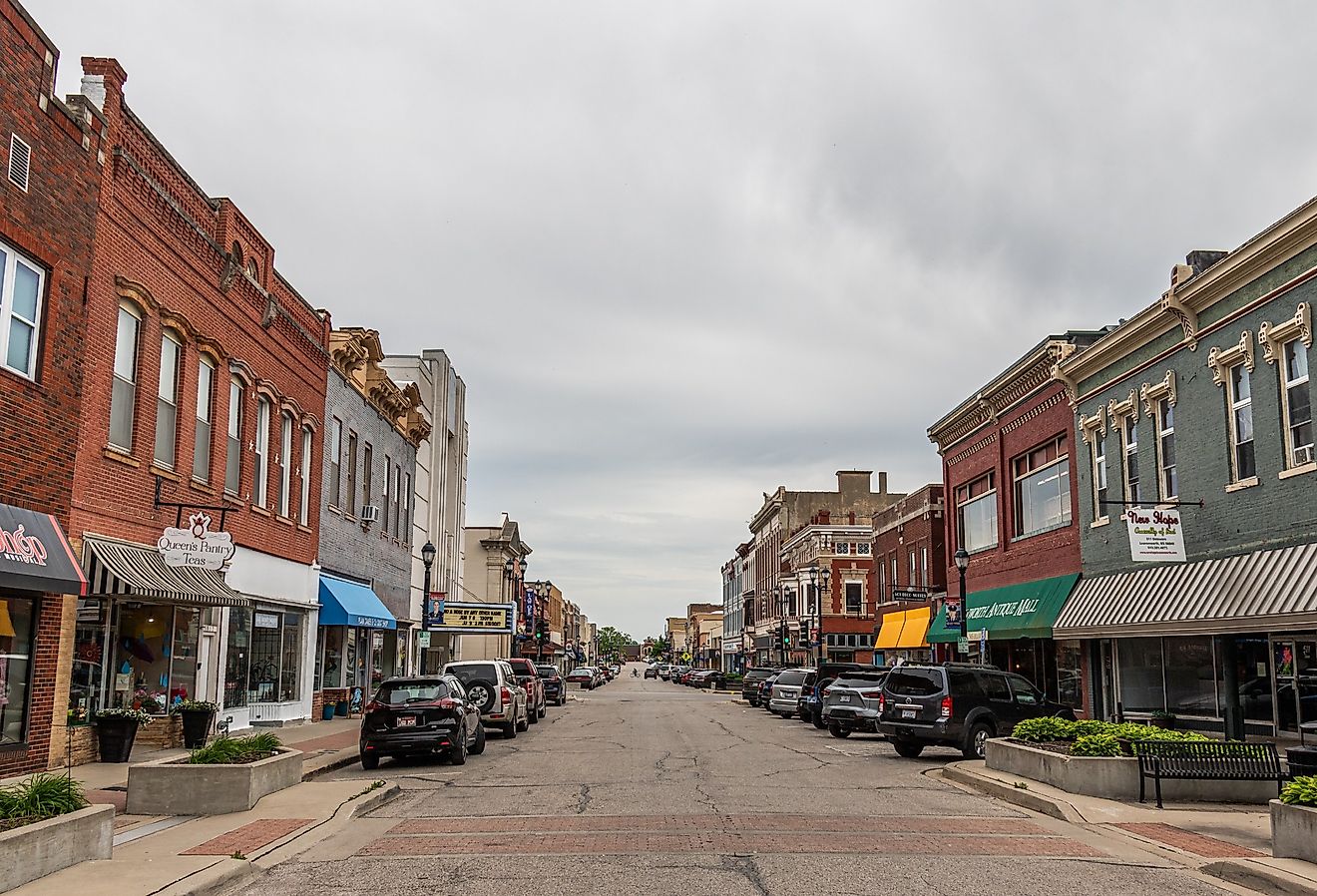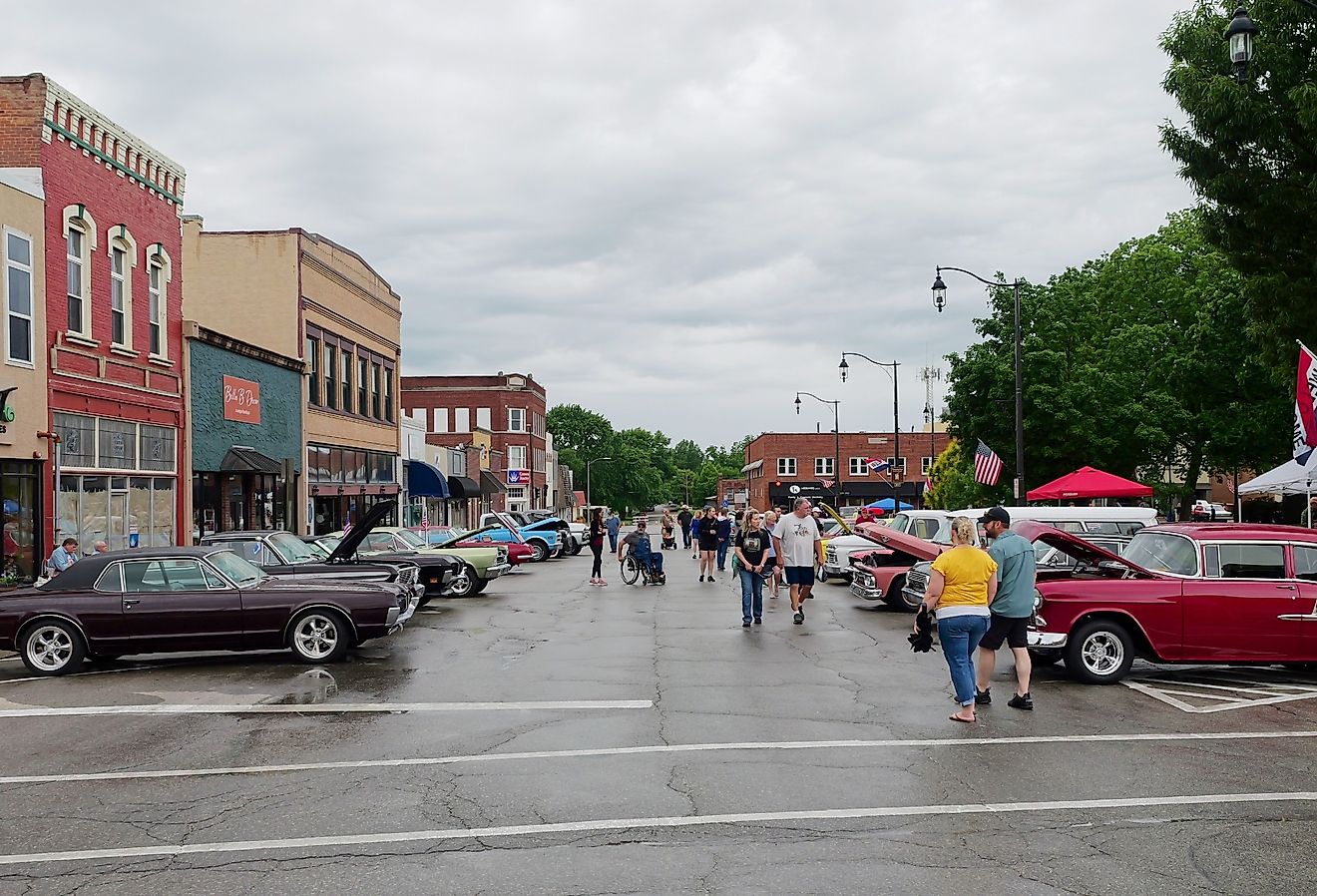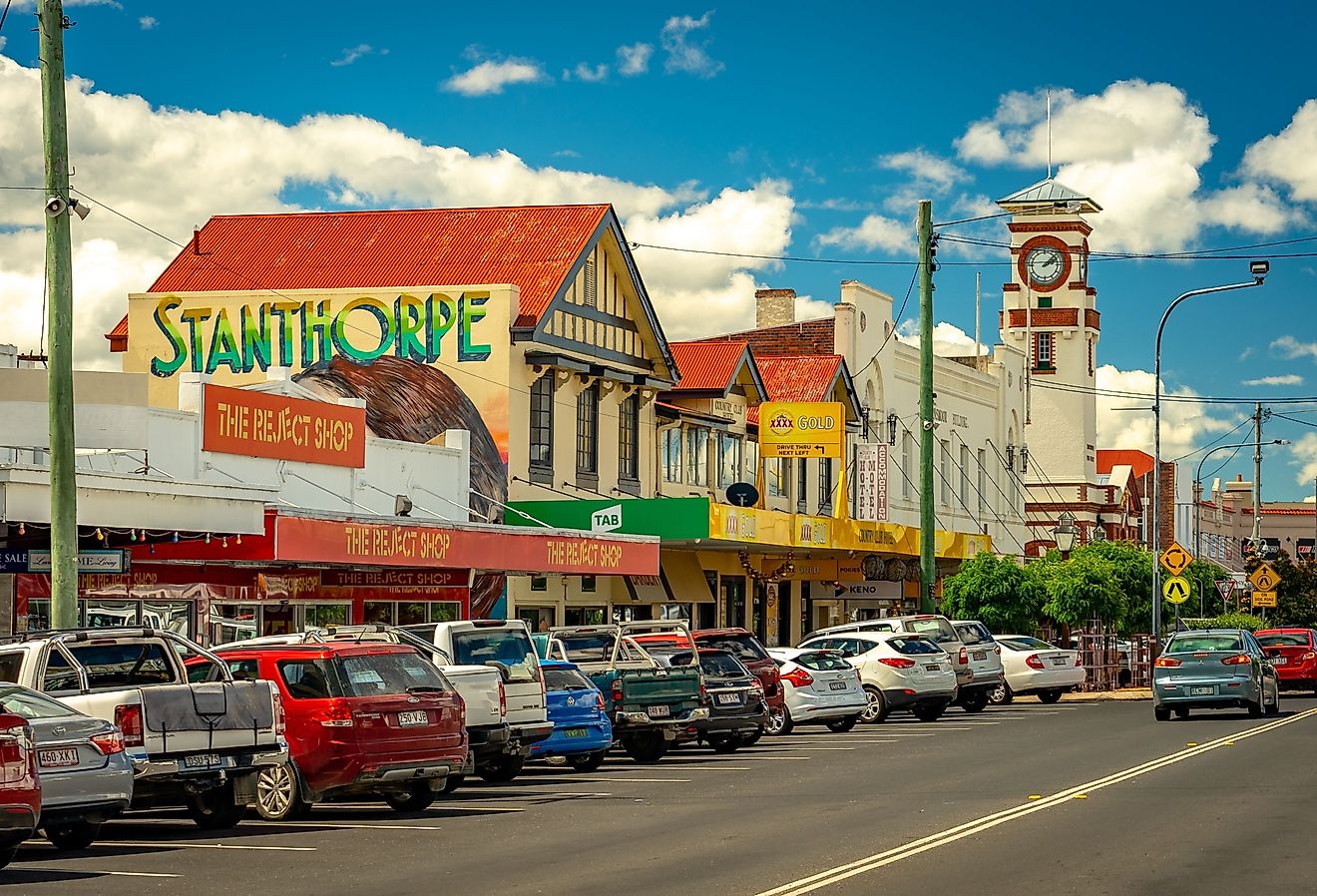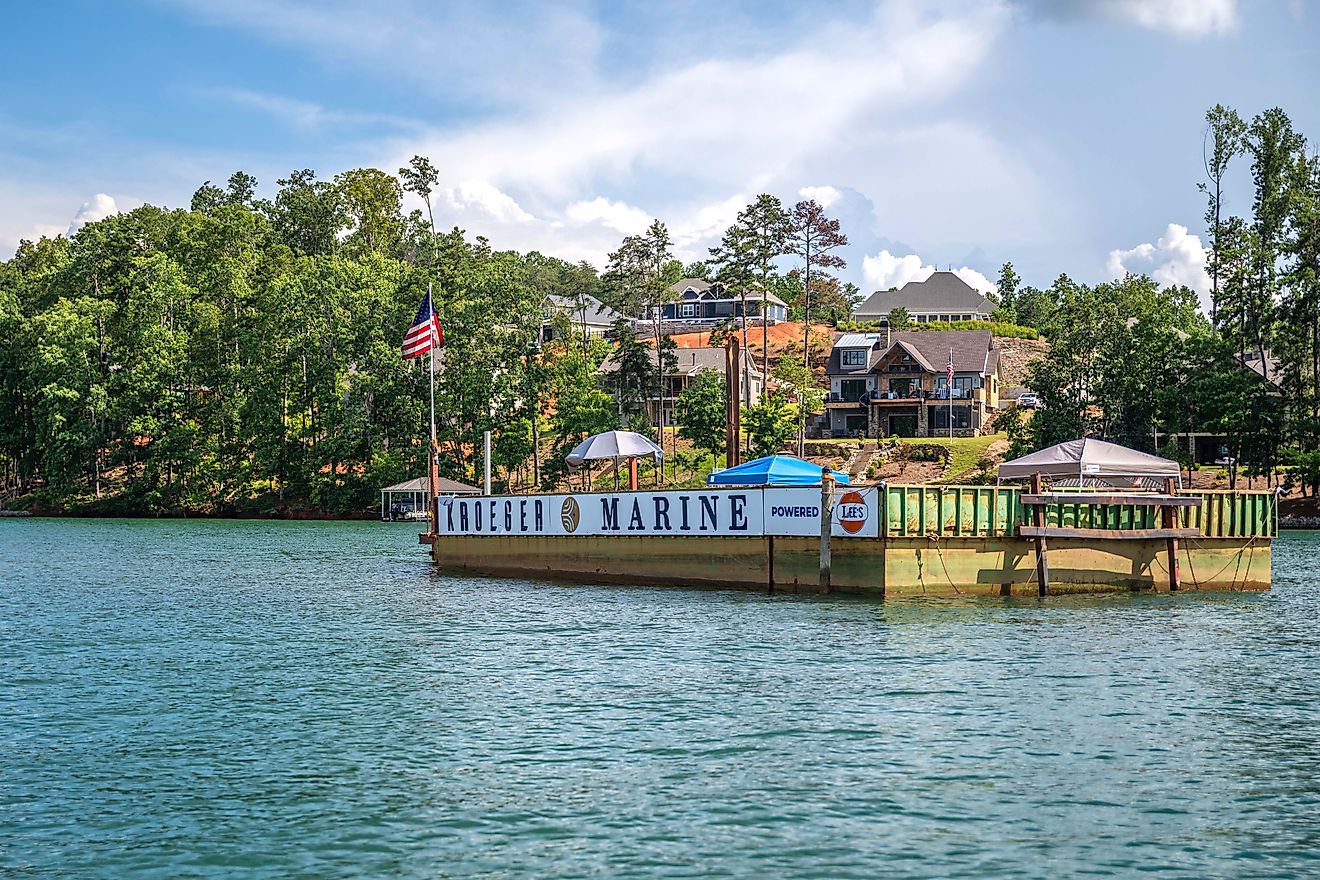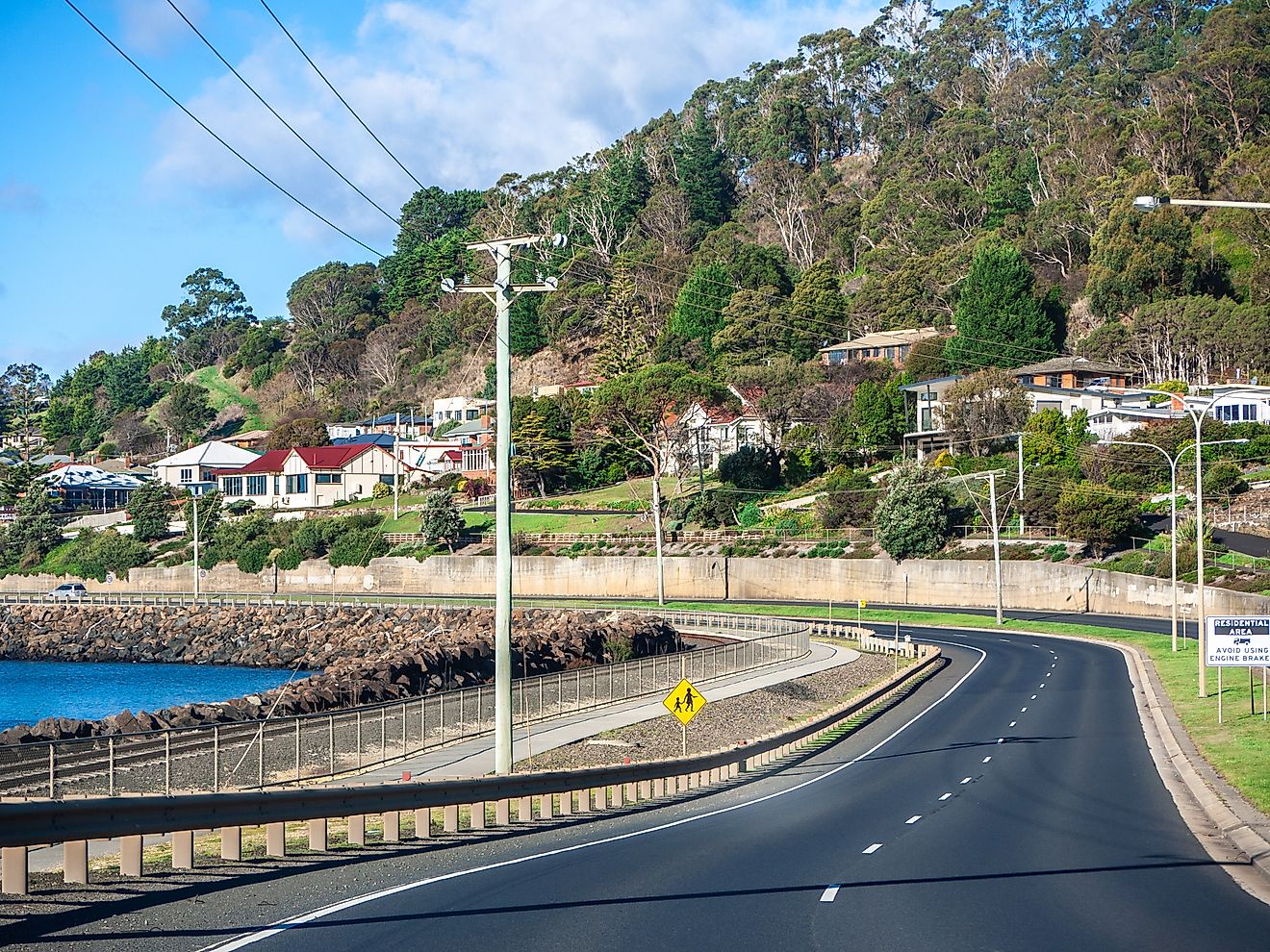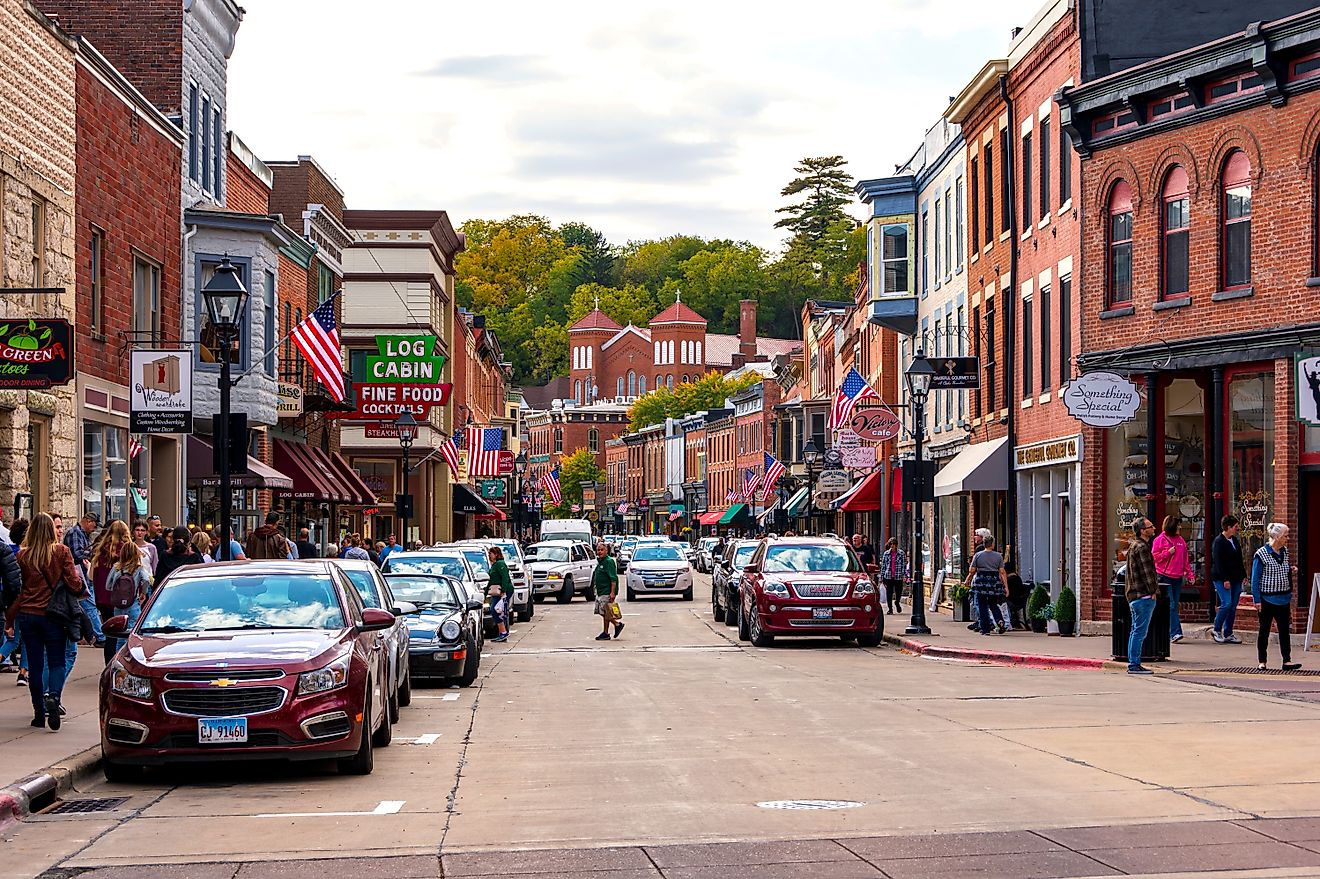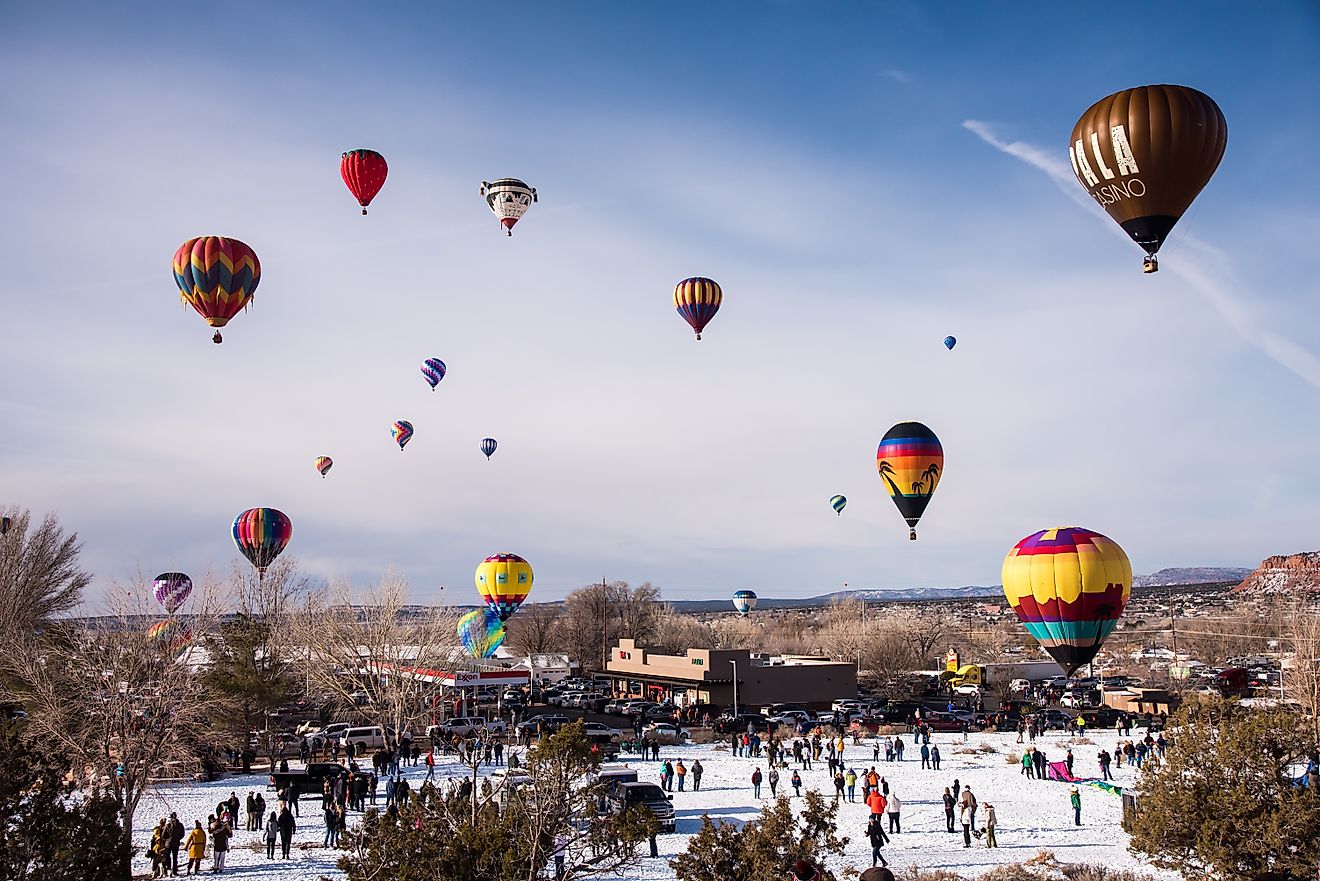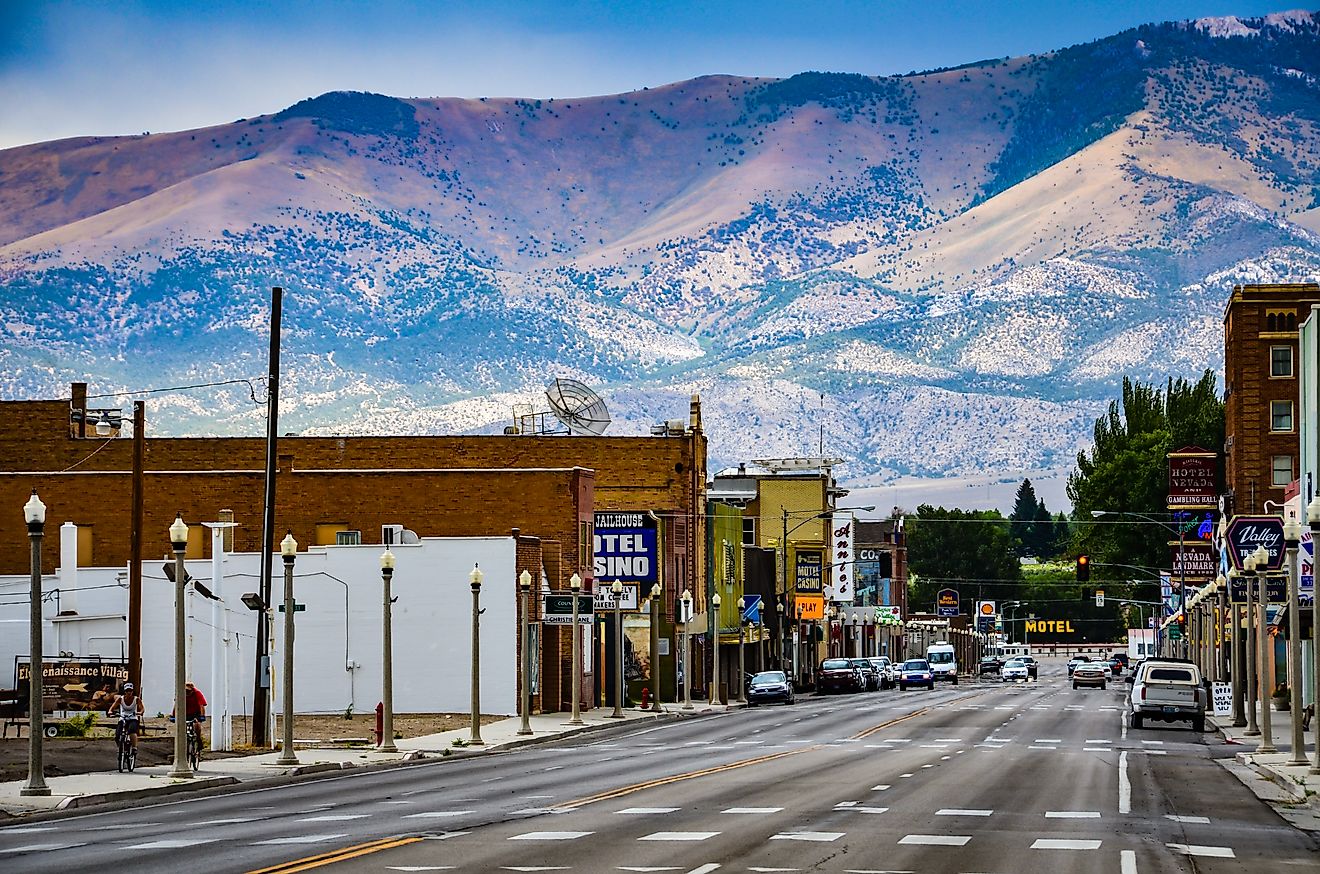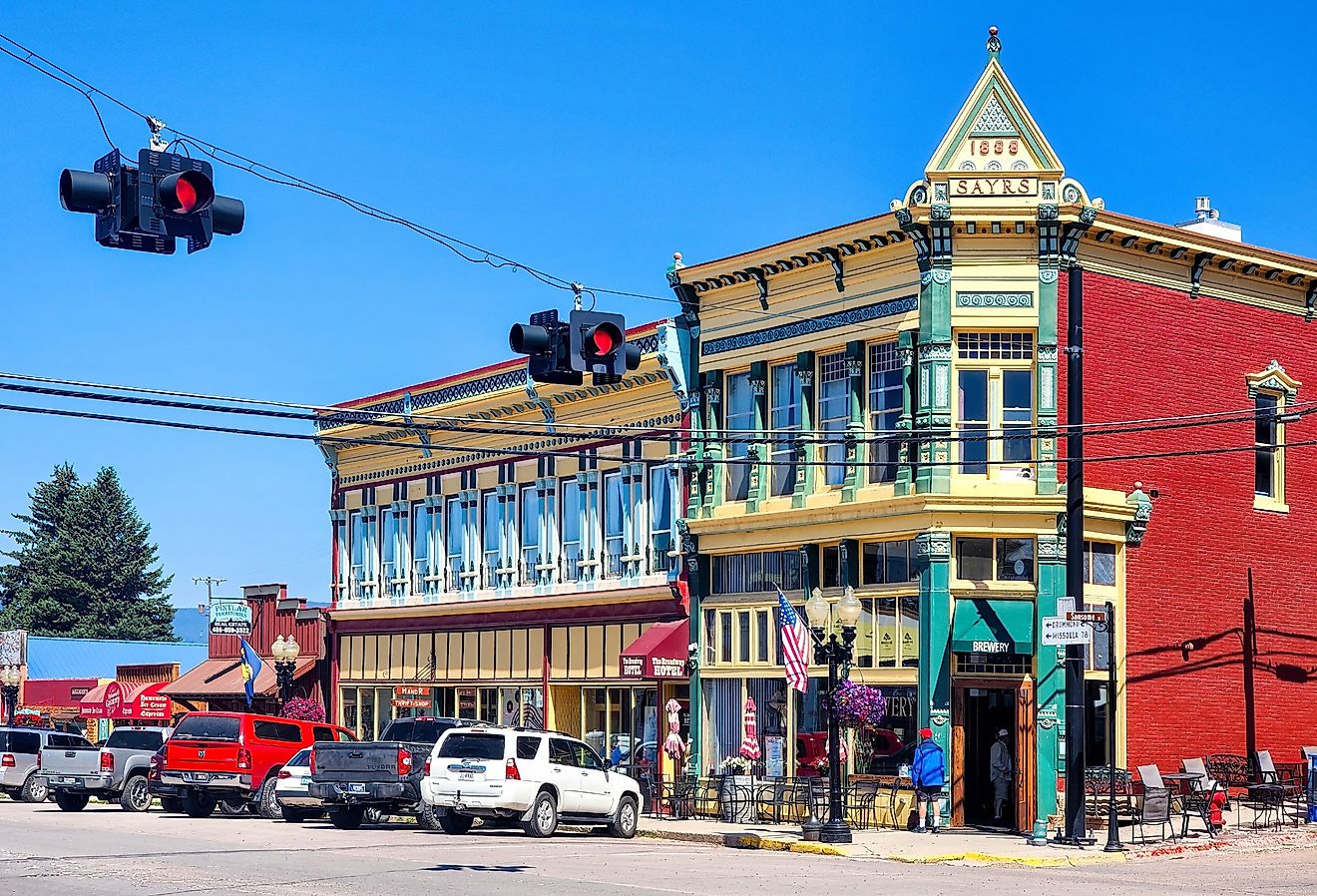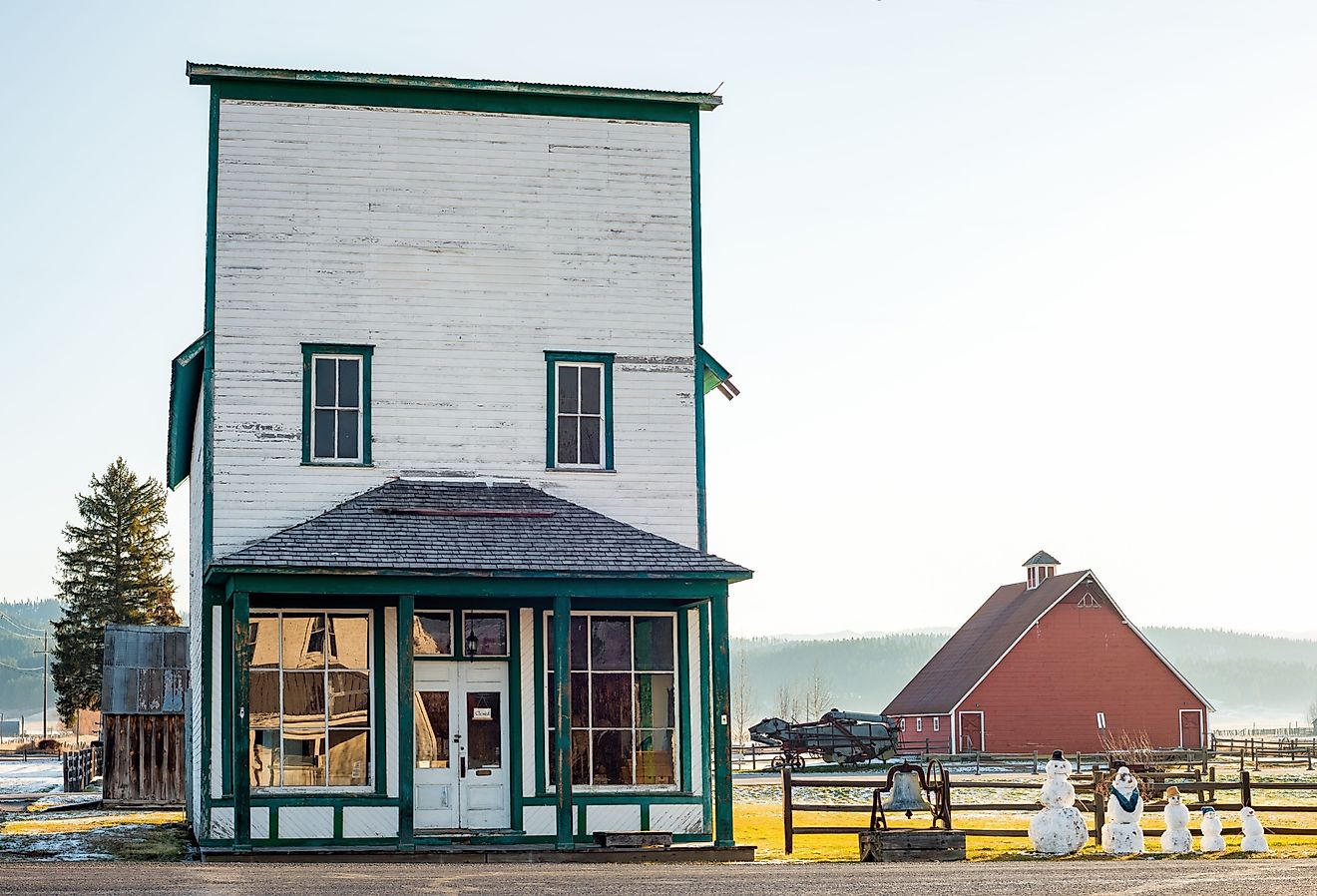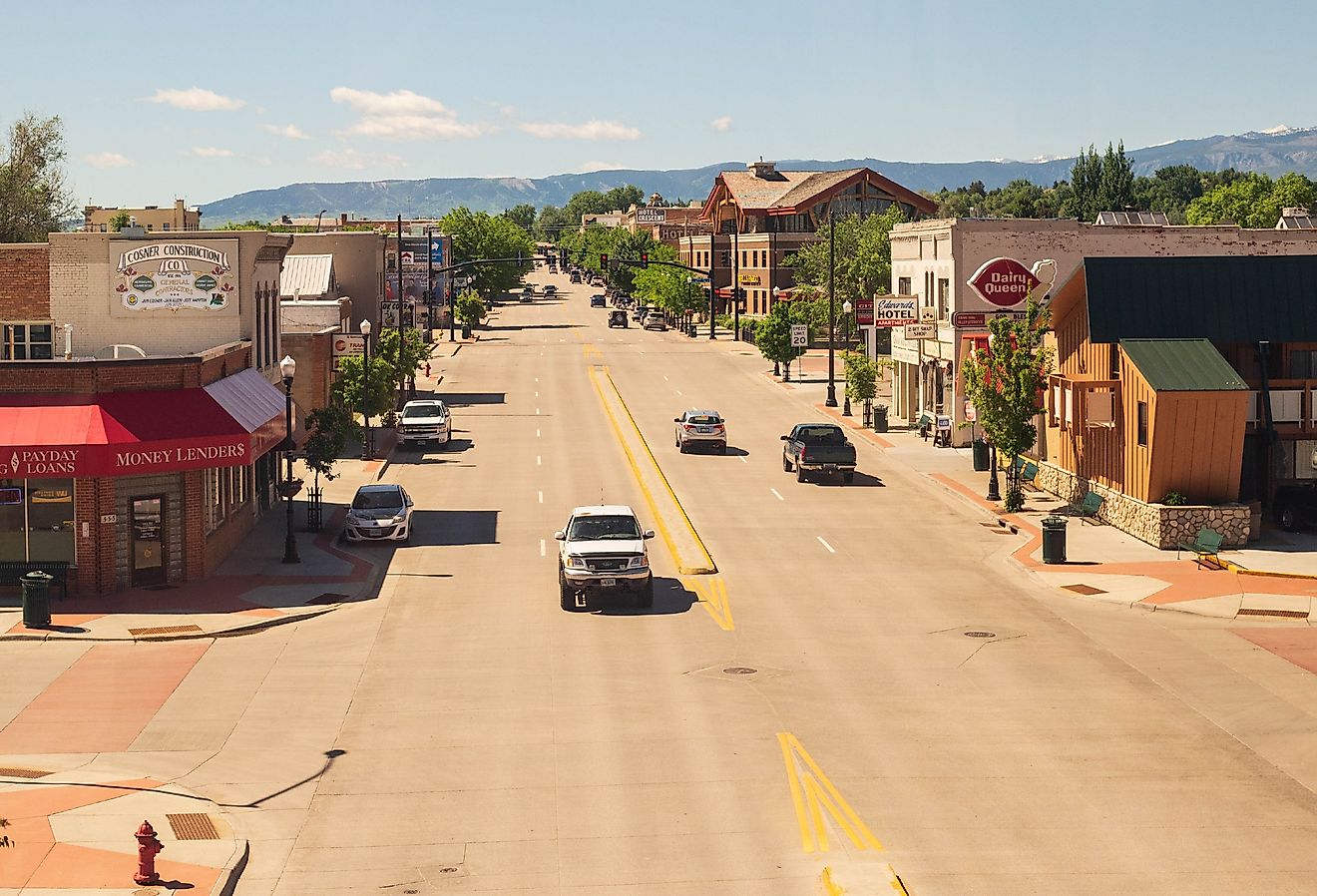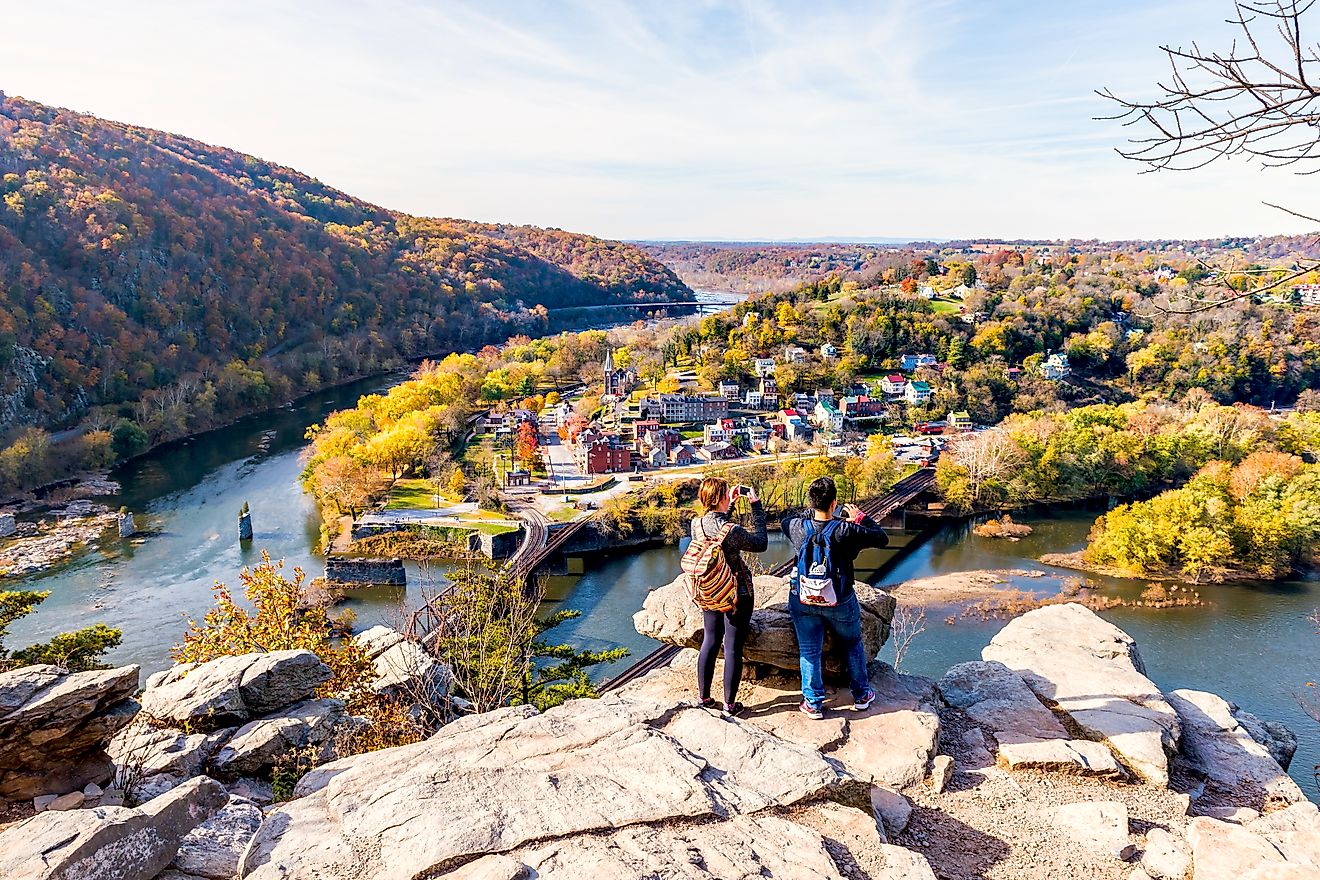
Glendale, California
Glendale is a big city situated in the San Fernando Valley and Verdugo Mountains of Los Angeles County in California, United States. Glendale is the county's fourth-largest city and the state's 24th largest city. Being a suburb of the Los Angeles metropolitan area, Glendale is located approximately 16km north of Los Angeles.
Geography And Climate Of Glendale

Glendale sits at the meeting point of two major valleys, the San Fernando and the San Gabriel. Glendale covers a total area of 79.25 sq. km, of which 78.92 sq. km is occupied by land, and 0.33 sq. km is covered by water. Glendale is bordered by Los Angeles's neighborhoods of Sun Valley and Tujunga in the northwest; the La Canada Flintridge and La Crescenta in the northeast; Burbank and Griffith Park in the west; Eagle Rock and Pasadena in the east; Atwater Village in the south and Glassell Park in the southeast.
According to the Köppen climate classification, Glendale experiences a Mediterranean climate. On average, the city receives 19 inches of rain each year. Glendale's best months are June, May, and October, whereas the least pleasant months are January and February. The perfect time of year to visit Glendale for warm-weather activities, according to the tourist score, is from late May to mid-October.
History Of Glendale

The Tongva people lived in the region long before being called the Gabrieleos by Spanish preachers after the neighboring Mission San Gabriel Arcángel. José Maria Verdugo, a Baja Californian corporal in the Spanish army, obtained the Rancho San Rafael from Governor Diego de Borica in 1798, thereby establishing his ownership and use of the property he had been cultivating and raising animals on since 1784. Rancho San Rafael was one of 25 Spanish concessions granted in California. The concessions were more akin to grazing licenses than the later Mexican land grants, and the Spanish crown still possessed the title.
His grandson Teodoro Verdugo constructed the Verdugo Adobe, Glendale's earliest structure, in 1860. The estate contains the Oak of Peace, where early California leaders such as Pio Pico gathered in 1847 and resolved to submit to Lieutenant Colonel John C. Frémont. Verdugo's successors leased the property in several pieces, among which are now part of the Los Angeles neighborhoods of Atwater Village, Eagle Rock, and Highland Park. Residents formed a townsite in 1884 and picked the name "Glendale" on the north, 5th Street on the south, Central Avenue on the west, and the Childs Tract on the east. In 1887, residents in the southwest established "Tropico." In 1904 the Pacific Electric Railway introduced streetcar service. Glendale was incorporated in 1906, while Tropico was annexed 12 years later.
The Population And Economy Of Glendale

As per the latest US Census, Glendale has a population of 197,507 inhabitants. Glendale has grown steadily since 1910, yet the population did fall significantly between the 2000 and 2010 censuses. The city's population has risen by 0.49 % since the 2010 census when it had a population of 196,543 and is expected to reach 214,000 by the year 2040. Armenian immigrants have settled in the city since the 1920s, although the influx of newcomers peaked in the 1970s. Glendale has the greatest proportion of citizens of Armenian heritage, with the majority having moved to the city in the recent two decades and is one of the biggest Armenian populations outside of Armenia. The city has 53,854 Armenian-Americans (27 % of the total population), up from 31,402 in 1990.
Glendale has a median family income of $94,880 and a poverty rate of 13.90%. The city has created a three-year economic development strategic plan that will serve to improve economic prospects throughout the city. In order to address business difficulties and possible opportunities, the Plan, which was created with the assistance of important business partners, draws on the city's strengths and makes use of partnerships and local resources. The Strategy also prioritizes expanding Glendale's arts, cultural, and entertainment sector to offer more after-hours activities for a rising workforce, which is critical to presenting Glendale as a destination city and an excellent place for businesses to establish roots.
Attractions In Glendale
The Glendale Galleria

Within downtown Glendale, there is a three-story shopping complex called the Glendale Galleria that has more than 1.6 million square feet of retail and office space. The complex, which first welcomed customers in 1976, is one of America's top-grossing retail centers and the fourth-largest in Los Angeles County. Over 30 million shoppers visit the complex each year to shop at major stores, including Bloomingdale's and Macy's, along with a large selection of full-service restaurants, including well-known brands like Chipotle and In-N-Out Burger. Boutique shops like Lush, Uniqlo, and Zara are also available in the Glendale Galleria.
Brand Park
The 31-acre Brand Park is situated at the foot of the Verdugo Mountains and provides tourists with several indoor and outdoor recreational and entertainment activities. Leslie C. Brand's 1904 residence, which has been run as the Brand Library and Art Center since 1956, served as the inspiration for the creation of the park, which remains open for the public on all days.
Glendale Centre Theatre
Glendale Centre Theatre has been open every week since 1947, making it the United States' longest continually weekly-operating live theatre. The theatre, formerly known as the Hale Centre Theatre, was founded by Salt Lake City performers Ruth and Nathan Hale. The theatre hosts various annual events, including contemporary works, children's theater, and vintage Broadway comedies and musicals. Open calls for actors of all ages are occasionally conducted, with both singing and non-singing roles available.
The Museum Of Neon Art

It is the world's first art museum committed purely to the preservation of neon art, which includes kinetic art, electric media, and neon lighting commercials. Richard Jenkins and Lili Lakich established the museum in downtown Los Angeles in 1981 before relocating it to Glendale in 2016. The museum tries to impart the scientific and artistic principles of neon media by displaying constantly changing exhibitions of vintage neon signs as well as works by top worldwide neon artists.
The Alex Theatre

The West Coast-Langley Theatre Circuit opened the Alex Theatre, a landmark in Los Angeles County, to the public in 1925 as a tribute to the business's owner's son Alexander. Throughout the twentieth century, the magnificently designed theatre was recognized as a significant blockbuster film showing and premiere venue, holding the debuts of movies such as National Velvet and Going My Way and presenting best movies such as Indiana Jones and the Temple of Doom and Ben-Hur.
Glendale was once known mostly for its mall, but this city on the borders of Los Angeles is now recognized for much more and is quickly establishing itself as the place to go for something a bit different. When the sun goes down, visitors can discover live music and a variety of food options all across the city if they choose to stay in town. The city also offers a variety of unique galleries and museums.
